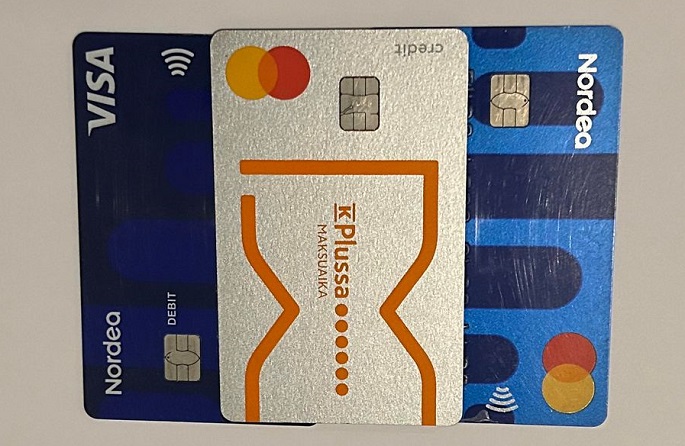Positive credit register opens in Finland
Published : 02 Apr 2024, 01:38
The Positive credit register and the e-service for private individuals were opened in Finland on Monday creating opportunity for the lenders to make a better assessment of the person’s ability to pay back the loan.
Lenders, such as banks, will make use of the Positive credit register’s data when making credit decisions, said an official press release.
Lenders have been reporting their loans to the register since the beginning of February and now they will also start making use of the register's data when making credit decisions.
The data content of the Positive credit register is comprehensive. The euro amount of loans reported to the register has exceeded the total amount estimated by the Bank of Finland (143 billion euros), although some lenders have not yet even started to report their loan data. There may be multiple reasons for this, one of them being, that loans that are not included in the Bank of Finland's statistics are reported to the register.
“If you do not see all your loans in the e-service, it may be because the lender in question has not yet reported all their loan data to the register. If you notice that data on your loans is missing, please wait. Lenders are continuously updating the data to the register. There is no need for you to contact the Positive credit register or the Tax Administration about the missing data,” said Aino Sarakorpi, Project Director.
When a person applies for a new loan, lenders check the person's loans in the register and can thereby make a better assessment of the person’s ability to pay back the loan.
The aim of the register is to prevent over-indebtedness and provide lenders with increasingly up-to-date data to support their credit decisions.
For private individuals, the register gives a view to their own loans, and so they get a better overall picture of their personal finances. The register contains, for example, private individuals’ consumer credits, home loans and student loans, and credit balances of credit cards.
“As a rule, private individuals do not need to do anything when the register opens. However, they can access the e-service and view their own loans. Individuals can also set a voluntary ban on credits for themselves, even if some loan data is still missing,’ said Sarakorpi.
People will not automatically see a credit register extract in the e-service for private individuals. An extract is only generated when a person applies for a new loan or a change to their existing loan contract.
“The customer sees their own credit register extract only if a lender has requested an extract about the customer’s loan data. The register also shows the name of the lender that requested the credit register extract, and when and for what purpose it was requested,” Sarakorpi added.
Law prescribes who may use the register’s data and what data can be collected in the register. The register shows loans granted to individuals and information about such loans' delayed amounts, but not, for example, individual credit card payments.
Further, the register does not show any payment defaults, the customer's hire-purchase payments, or recovery by enforcement, for example.


